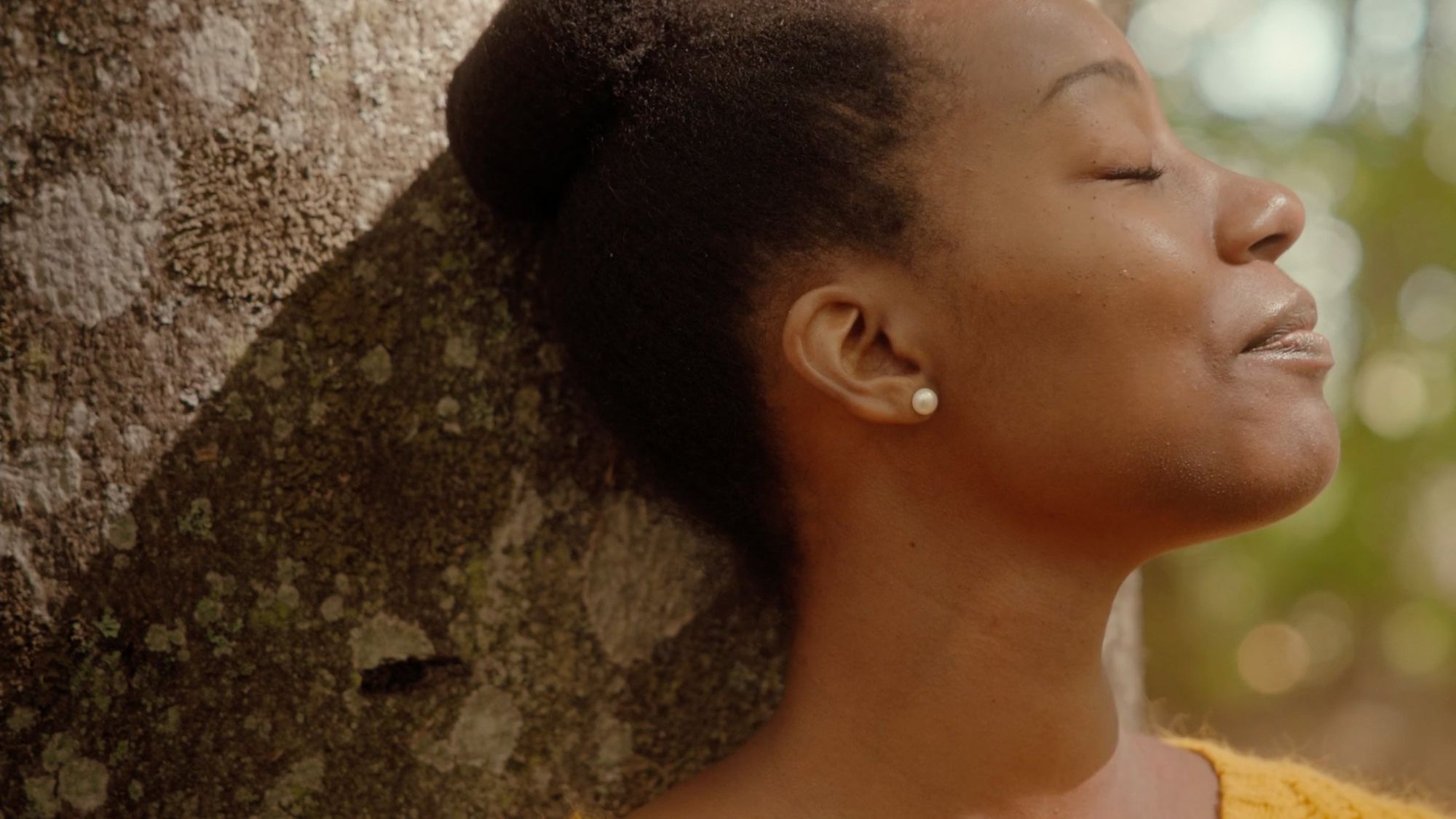A good night’s sleep
Human Centric Lighting comprises lighting solutions that meet human needs by means of a combination of daylight and electric lighting. With the correct lighting, we are able to control the production of the sleep hormone melatonin and the stress hormone cortisol. But it all starts with a good night’s sleep.

People are made to be outdoors
And yet we spend most of the day indoors, often getting far too little daylight for our biological clock to work. Based on the knowledge that the variation in the intensity of the light and, to some extent, its colour temperature, synchronises us with the local circadian rhythm, we are able to create lighting that provides us with an effective day and a good night’s sleep. With the correct lighting, we are able to control the production of the sleep hormone melatonin and the stress hormone cortisol.
Intensity and time the determining factors
Thanks to the discovery of the link between the five light-sensitive receptors on the eye’s retina, we have realised that we are dealing with a relatively slow-moving system. Our visual system is lightning fast – we see immediately. Our biological system is somewhat slower, however, and needs more time to process the light information and initiate hormone production. As a result, the combination of light intensity and time is decisive for the outcome.
Shower of light in the morning
In order for our circadian rhythm to be maintained, we need a shower of light in the morning, at the same time every day. The ideal situation would be to go out and sit on the terrace in the morning sun for 30-45 minutes. However, this is only a distant dream for most professionals, and for anyone who lives up at high latitudes in the northern hemisphere, where it can be dark until late in the morning during the winter, an impossibility. A workplace using Human Centric Lighting is therefore planned to have elevated light levels for a set period of time, at a specific time in the morning. The requirement, which is sufficient for everyone, is approximately 250 melanopic lux on the eye for 30 minutes. This is the dose of light we need in order to feel alert at work and to sleep well at night!
Multiple combination options
You can opt to distribute this light over a period ranging from 30 minutes to 3 hours. Depending on the nature of the business and the needs of the individuals, the lighting can provide a large amount of light over a short period of time or less light for a longer period. A longer period with lower light levels can be a good option for an office, for example, while a short period with high light levels is more effective in the break room in a hospital or in an industrial setting. The conditions and requirements will vary according to the function of the premises, and the solutions will differ between schools, offices, industries, healthcare facilities and old-people’s homes.
This is why it is important for the light planning to be performed correctly, taking into account the operation in question and the people in it.